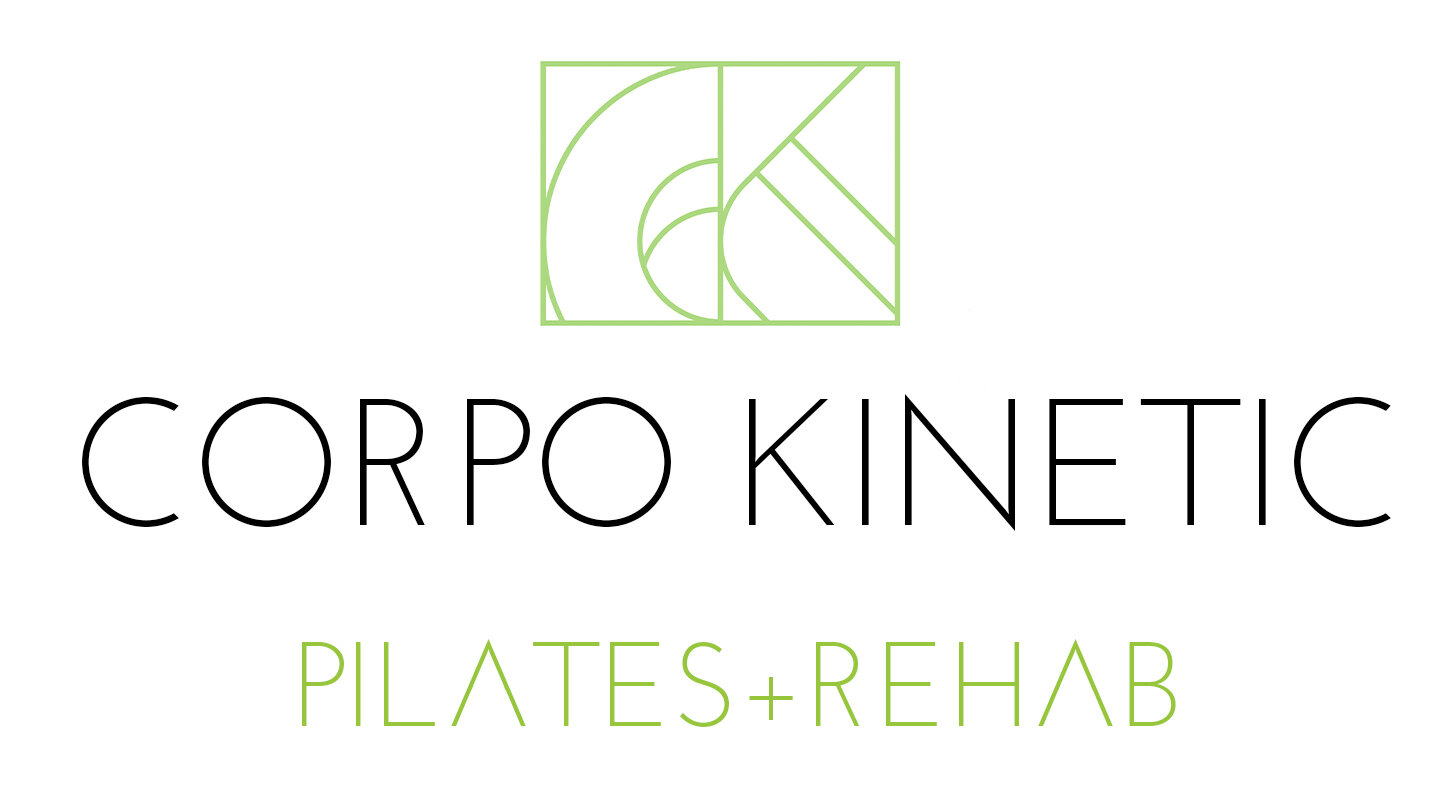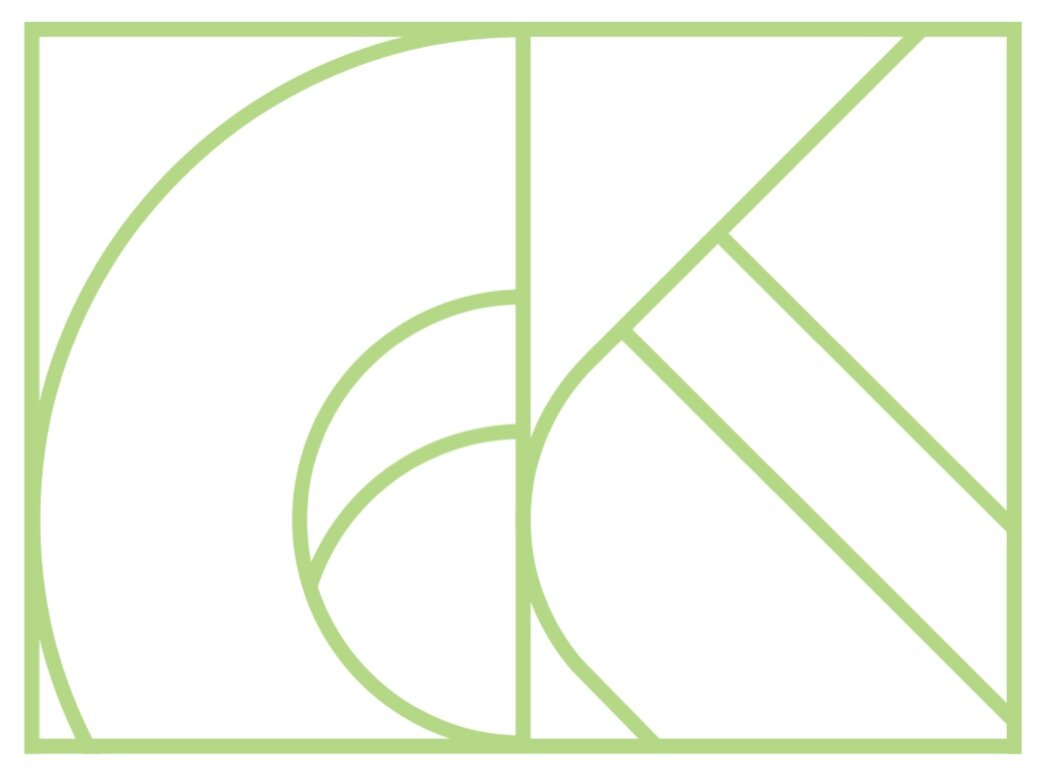Anatomy Moment: What is the core, really?
“Engage your core!”
You’ve probably heard this over maxim over the course of your life, whether in a group fitness class, at your Pilates studio, or maybe from your doctor advising you on how to safely lift those heavy items. Even in the Pilates studio, where we’re known for core strengthening, what exactly we’re strengthening can be misunderstood, which brings me to today’s Anatomy Moment. What is this elusive core?
The Intrinsic Core
The intrinsic core, AKA intrinsic stabilization system, is most often what is meant when fitness instructors yell out “use your core!” While “core” most often brings to mind images of abs, the intrinsic core is actually a group of four muscles, and only one of those is part of the abdominals.
The intrinsic core is:
1) Your transversus abdominis. The deepest layer of the abdominal wall. These muscle fibers run horizontally, like a cummerbund around your waist. Although they are an abdominal muscle, they don’t perform the typical sit up motion. Instead, when they fire, they draw the abdominal contents closer to your spine, creating support and stability. In your Pilates class, you’ve probably heard mention of “scoop your belly,” “bring your belly button towards your spine,” or “narrow your waistband.” All of these are cues used to help you engage your transversus abdominis.2) Your multifidus muscles. I love the multifidus muscles. The are tiny muscles which run up your spinal column like stitching, connecting one vertebrae to the next (or in some cases to the second one above). Like the transversus absominis, the multifidus are deep – they are very close to the vertebrae. While the job of most back muscles is to create a back-bend, or extend the spine, when the multifidus fire they actually create support, holding space between the vertebrae. This is a great thing for our spinal discs and nerves – space between the vertebrae allows for the nerves to exit the spinal column without impingement, and for the discs to remain healthy and plump, avoiding things like herniation or degeneration. In simpler terms, multifidus are great for preserving a happy, healthy back over the long term, and I often see weak or inactive multifidus muslces when a client has back pain. When you hear “lengthen your spine,” “sit tall,” or “elongate” in your Pilates class, these are cues to help the multifidus muscles fire.
3) The diaphragm. The diaphragm is the main muscle of respiration, contracting with every inhale to pull air into the lungs, and relaxing with every exhale. In your Pilates class, you are told when and how to breathe, and here’s why: the diaphragm is an integral part of your core. The diaphragm sits at the base of your ribcage. In relationship to the instrinsic core, I think of the diaphragm as the ceiling, the transvursis abdominus as the front and side walls, and the multifidus muscles as the stitching up the back. All we need now to complete this cylindrical support system is the floor, which brings us to:
4) The pelvic floor. While I’m listing the pelvic floor last, it is by no means the least important muscle of our intrinsic support system. While most of us are relatively unaware of our pelvic floors in day-to-day life, we use them every day. Excuse the crude example, but if you’ve ever been stuck in traffic and really had to go to the bathroom, your pelvic floor was contracted and working hard until you finally made it to the safety of a restroom. In daily, less-dire situations, the pelvic floor works with the diaphragm, which is contracting and relaxing with every breath, to maintain a healthy amount (not too much or too little) of intra-abdominal pressure. Ideally, this pelvic floor acts as a “pilot light” for the transversus abdominis and multifidus muscles. As the pelvic floor fires, the transvursis abdominus contracts as well. In a healthy core, the multifidi will fire at this time as well, and again, I’m emphasizing in a healthy, functional system, all of this will happen and our intrinsic core will be engaged before any arm or leg movements begin. Ideally, this happens unconsciously. It is also important to keep in mind that the intrinsic core is a dynamic system. The core doesn’t bear down, brace, and hold. Instead it maintains an appropriate amount of muscle tone based on what you are doing. Less tone should be present if you are sitting on the couch, more if you are hauling rocks out of the yard.
If you have had back pain, had an injury, or tend to sit a lot, chances are this may not be happening optimally for you. This is why we spend a lot of time in Pilates with very explicit directions for very simple movements. You might hear, ” Inhale to prepare. As you exhale, narrow your waist, engage your core, then float your leg to table top.” All that just to lift a leg! The reason being is that we are retraining the core to fire before movement happens. That muscular anticipation is magical. It protects our spinal nerves and our discs from injury. It creates support through the pelvis and lower pack so that we can do big, powerful movements with our arms and upper body. The core is a big deal.
Let’s Move!
Book a group class or private session to use what you’ve learned:



